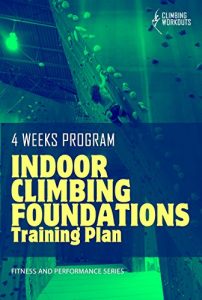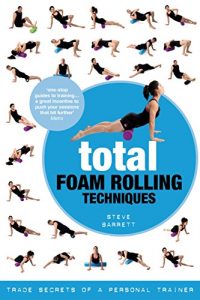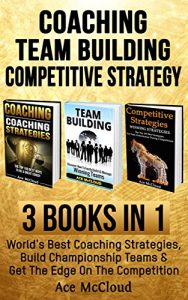I 99eBooks è una directory di eBook. Cerchiamo e classificato intorno alle eBooks Web per te!
Tutti i diritti riservati. I libri e libri elettronici sono di proprietà dei rispettivi proprietari.
Indoor Climbing Foundations: Training Plan and Technical Guide for Performance (English Edition)
Not that long ago, most climbers took their first steps on real natural rock, but these days it’s much more likely to be on an indoor wall. Artificial climbing walls have seen an enormous surge in popularity over the last few decades, and have improved beyond all recognition from the early basic efforts. Most large walls run introductory taster sessions, with all equipment provided. These are by far the best way to start out, since they will familiarise you with the skills and risks involved. In fact if you’re a complete beginner most walls won’t even let you in until you’ve taken such a course. It’d be great to just turn up and start climbing, but they cannot run the risk of novice climbers making serious mistakes. The guide will give you an element of self coaching and an awareness of how indoor climbing relates to the outdoors, and more importantly, how can you train to improve.
CONTENTS
Preface
Training overview
Benefits of the Stamina Foundations Program
Achievement motivation for Stamina Foundations
Attitudes of achievement
Goal oriented mindsets for stamina training
Self-determination in training
Training Essentials
Progressive 4 Week Cycle
Allocating time and avoiding procrastination
Cautions
Setting Goals
The importance of benchmarking
Benchmarking and Examples
Training Program Model
The Action Plan
The immersion cycle
Choosing the Skills to Train
3 Week Program Schedule
Milestones and Progress Points
Skills Distribution and Performance Gains
Preventing injuries and training safety
Cyclic Periodization
General Training Strategy
Building a base toward maximum speed-power and endurance
The program Schedule and Levels
The Exercises
Testing results
Stamina Test
Tracking your results
Qualitative assessments
Making your progress report summary
Main critical-thinking abilities during the training program
CONTENTS
Preface
Training overview
Benefits of the Stamina Foundations Program
Achievement motivation for Stamina Foundations
Attitudes of achievement
Goal oriented mindsets for stamina training
Self-determination in training
Training Essentials
Progressive 4 Week Cycle
Allocating time and avoiding procrastination
Cautions
Setting Goals
The importance of benchmarking
Benchmarking and Examples
Training Program Model
The Action Plan
The immersion cycle
Choosing the Skills to Train
3 Week Program Schedule
Milestones and Progress Points
Skills Distribution and Performance Gains
Preventing injuries and training safety
Cyclic Periodization
General Training Strategy
Building a base toward maximum speed-power and endurance
The program Schedule and Levels
The Exercises
Testing results
Stamina Test
Tracking your results
Qualitative assessments
Making your progress report summary
Main critical-thinking abilities during the training program


















